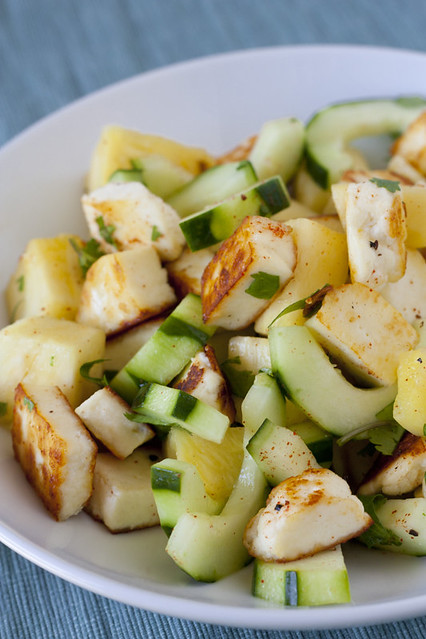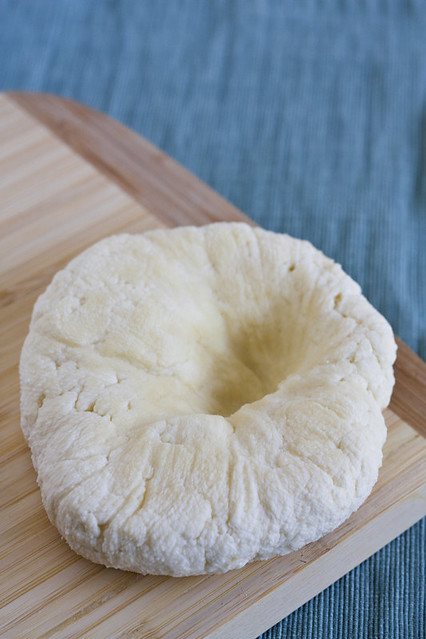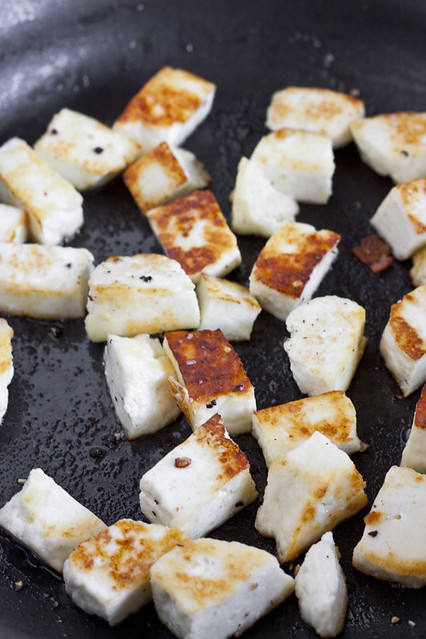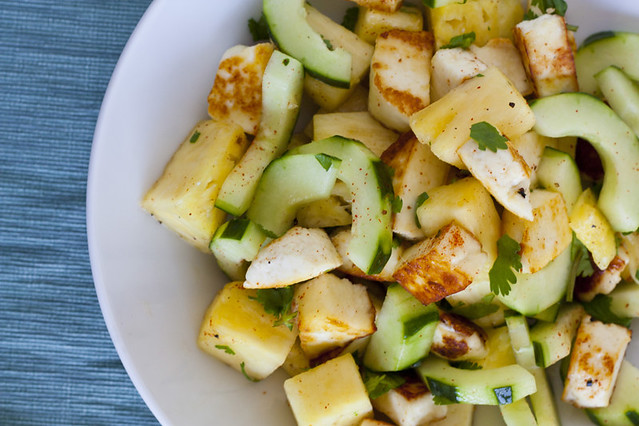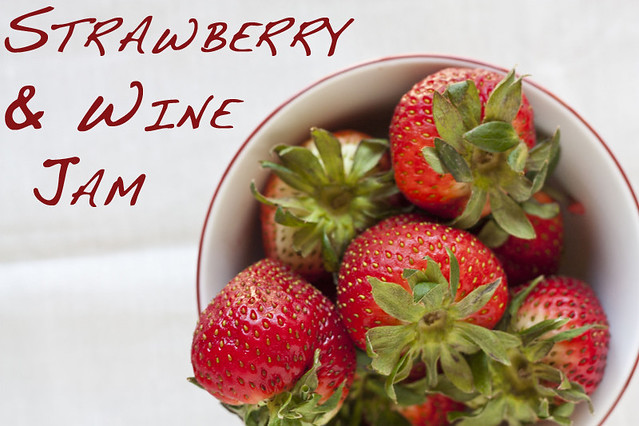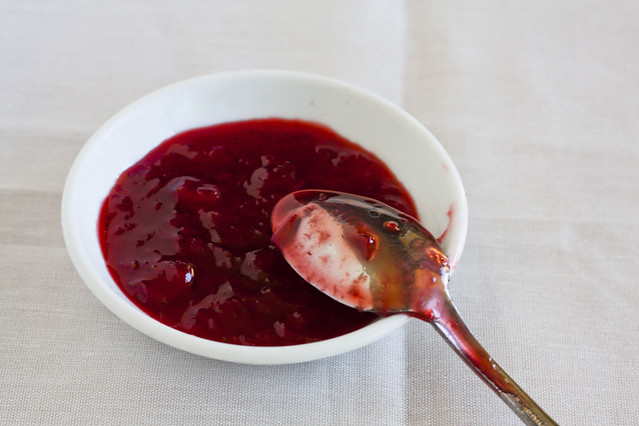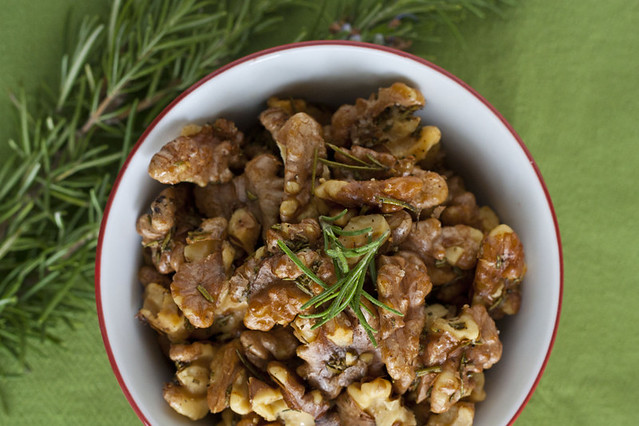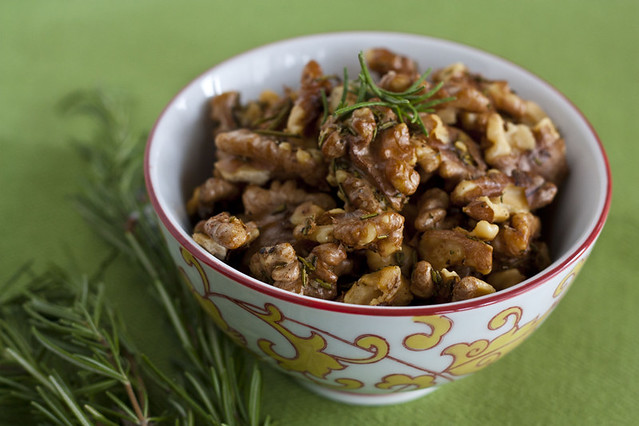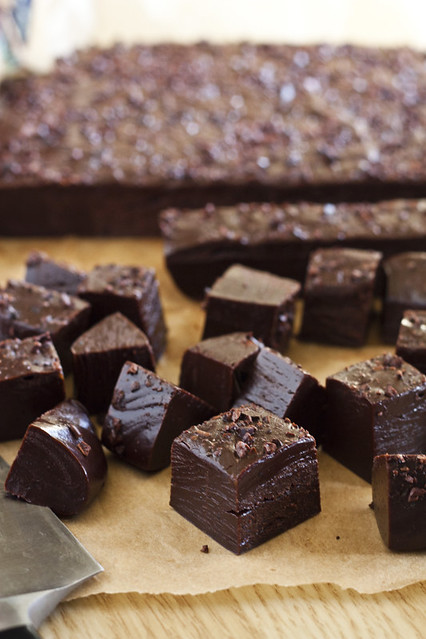
-Proper candy for a refined adult. Or, you know, sugar fix. Whatever.-
Cutting caramel is a methodical practice. Turn the sink on to a mere dribble and wait for it to heat to scalding. Run the knife under the water and patiently wait for the heat to transfer through the tang until the metal radiates in your hand. Quickly clean off the water with a towel and then cut through the brick of caramel. The piping hot knife should glide through effortlessly and leave the sides of each individual bite of caramel nearly seamless and smooth as cut class. Repeat for each cut.
It’s slow going to be sure, but this type of methodical handwork has its benefits. Once the caramel comes into contact with the tip of the knife the heat causes the candy to release a plume of aroma of gently burnt sugar and milk. In my case, also of chocolate and Earl Grey tea which the caramel has made stressed and bold. A scent that, for some reason, reminds me of Vivian Leigh’s voice in Gone with the Wind.
The experience is pleasant and somewhat unique for me. Not because I not only don’t make a lot of candy (I don't), but because I simply don’t eat a lot of candy. I never really have.
Some people might have you believe otherwise. After the fire when I stayed at Elise’s home I filled her kitchen with colorful bags of it for the first week or so, and subsisted on little more than artificial flavors, Red Dye 40, and corn syrup so refined it would make my teeth shake. Elise chastised me about how a food blogger and cook could eat such junk and harassed me until I ate a salad.
(Thing is, when I’m in a state of shock or general depression, that’s the only time I turn to candy. I ate so many Skittles the first few days that I actually got sick. Nowadays when I see a bag of them all I can taste is the rainbow of fruit pain. However, with the rare instance, candy isn’t much a part of my diet.)

-Chocolate Caramel: Seriously hard to make look appetizing.-
Even as a kid I didn’t eat a lot of candy, which, judging by my Halloween haul, you might find surprising. My Halloweens were productive and planned with near military-level stratagem and as methodical as my caramel cutting. I lived in a well-to-do middle-upper class neighborhood where people were more than happy to give you a five dollar bill for your UNICEF box and drop a king-sized Snickers bar in your bag. Our neighborhood, a oblong and lengthy block that was probably a good 3 miles or so with plenty of cul-de-sacs dotting the route was a goldmine with a thick chocolate coated vein running through the whole of it. A legendary route of the kind that kids dreamed of and parents loved. It was safe enough for parents to let their kids wander freely and lucrative enough for kids so that after 10 minutes you had enough candy to last for weeks. Even better, fewer kids were shuttled in from other neighborhoods as we were quietly tucked away in a hidden bubble of Orange County, California. You knew every other kid going door to door and no strangers messed up our time. It was ideal for all who lived there.
My brother and I would canvas the neighborhood early when the October twilight was still bright and casting long, spindly shadows that slunk along with us door to door. Later in the night, once the number of children began to dwindle, we would make a second round in different costumes from previous years. Diet-minded adults eager to get rid of the bags of candy they bought would begin to literally give us handfuls of candy if not outright pour their bowls out into our bags, which were actually-greedily- pillowcases. Eventually we would run back home and drop off one or two heaving pillowcases full of candy off before swiping more pillowcases from the linen closet and heading out for more.
By this point it wasn’t even about candy. It was about the game. Seeing just how much sugar we could milk from people and gather. How fast could we canvass the block and how many times? How much could we run door to door in the nest half hour? How clever could the costumes be? (My last year of trick or treating, at age 12, was a particularly proud moment for me. My coup-de-grace was wearing a death shroud and having a harvesting sickle strapped to my back. With me I carried around an old briefcase that I had painted on the words “I.R.S. Audit Team.” I think nearly every house I went to took a picture of that. The adults didn't stand a chance.)
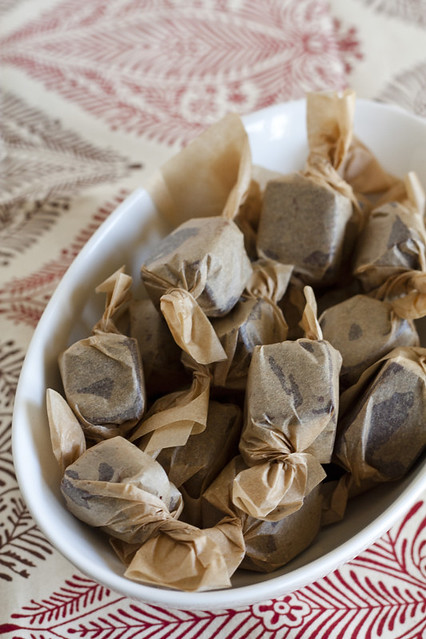
-People these days look down of trick-or-treaters who can shave. What is the world coming to?-
At home the bloated pillowcases crackled with candy wrappers that demanded attention. Our last haul came in at nearly ten pounds of candy. We knew we wouldn’t eat it all. Our mom, a third grade teacher, would take some to her classroom. Dad would take a sack to the office, usually one he had filled with 3 Musketeers bars he had picked out of the rest. We would all be eating the stuff even up through May until mom eventually just threw it all away, disgusted at the fact she had filled our Easter baskets with Halloween swag.
I would maybe eat four pieces of it a day. I didn’t really want most of it. I just don’t eat, and never did eat a lot of candy. Too many processed sweets and my body practically goes into insulin shock.
However, the one exception were the small caramel candies. The little square of Brach's classic burnt sugar. It was and is even more so today a small-name, old school brand of candy; the kind most kids usually pay little attention to. As if there were nuggets of gold found at the bottom of a stream I panned them out of the piles and chewed up every single one I could find until my jaw went store and every crevice between my teeth was tacky with the chewy leftovers. Caramel was, and is, one of my weaknesses when it comes to candy.
Still, making it is something else. And, unlike store bought candy, you have more control. You know what's going into it and with practice you learn to guide the flavor and texture to taste. So, once in a while, I make candy. The batch will usually last a few weeks as I only eat a piece or two a day. Enough to get a saccharine fix and make the jitters go away.
This particular caramel is unique and may surprise you a bit. The milk is cooked with sugar from the get-go as opposed to being added later in the process. A good dose of unsweetened chocolate is stirred in along with a spoonful of Earl Grey tea. The result is something dark and sophisticated in flavor, the cinema noir of confections. A sparse crust of crushed cocoa nibs add a bit of dimension and textual character to the candies and make them all the more engaging. I've also learned the a small glass of Madiera is deliriously perfect pairing with these.
This is a good beginner's candy recipe if you've never done it before. All it requires is a good eye, a candy thermometer, and some patience. Then, get out your knife and carefully cut the caramel into squares. Enjoy the aroma, and, then, enjoy your candy.

Chocolate Earl Grey Caramels
Adapted from The Essence of Chocolate
Unsalted butter for the pan
1 1/2 cups heavy cream
1 1/2 cups sugar
1 cup plus 2 tablespoons light corn syrup
1 teaspoon salt
9 ounces bittersweet chocolate (99% dark preferable), finely chopped
1 tablespoon Earl Grey tea leaves, finely ground
2 tablespoon cacao nibs, crushed (optional)
1. Line a 9x9 pan with 9x17 piece of parchment paper (the paper will droop over the sides) and butter well.
2. Stir together the cream, sugar, corn syrup, and salt together in a heavy bottom pan. Bring to a boil and continue to cook until it reaches 250F. Remove from heat and let cool for a five minutes.
3. Add chocolate and tea. Stir together and pour into the pan and spread with an offset spatula. Gently press on cacao nibs and let the caramel sit for a few hours.
4. Cut apart into 1-inch squares. Serve or store in an airtight container.









